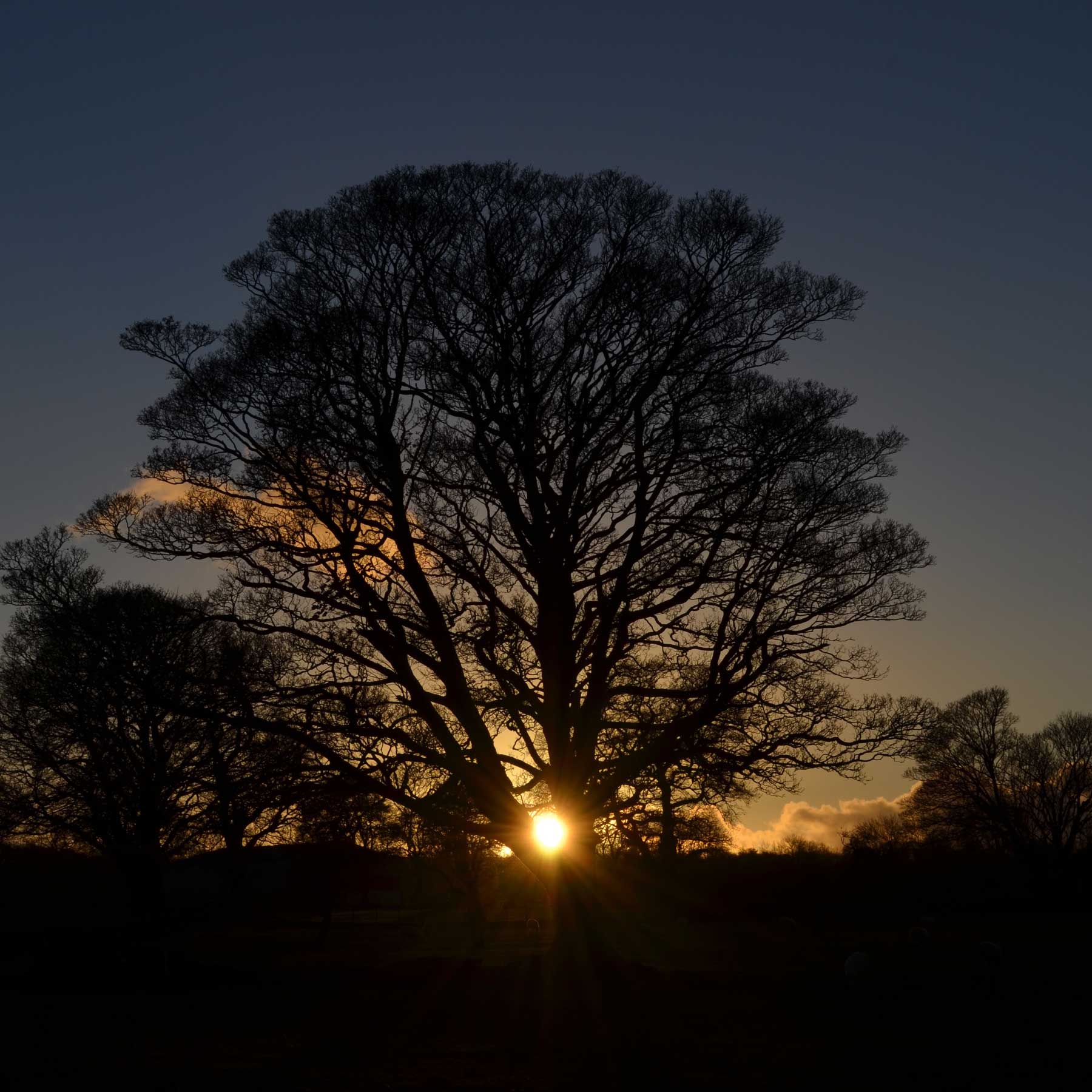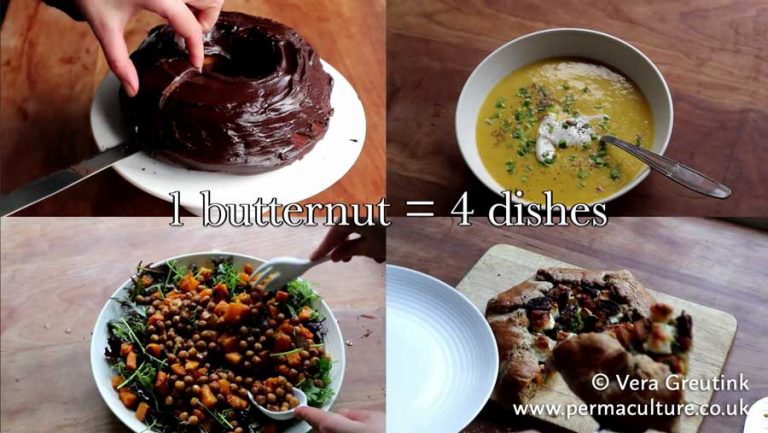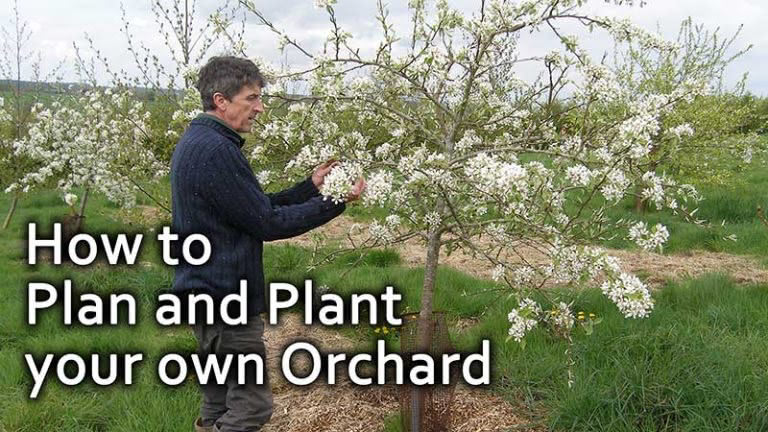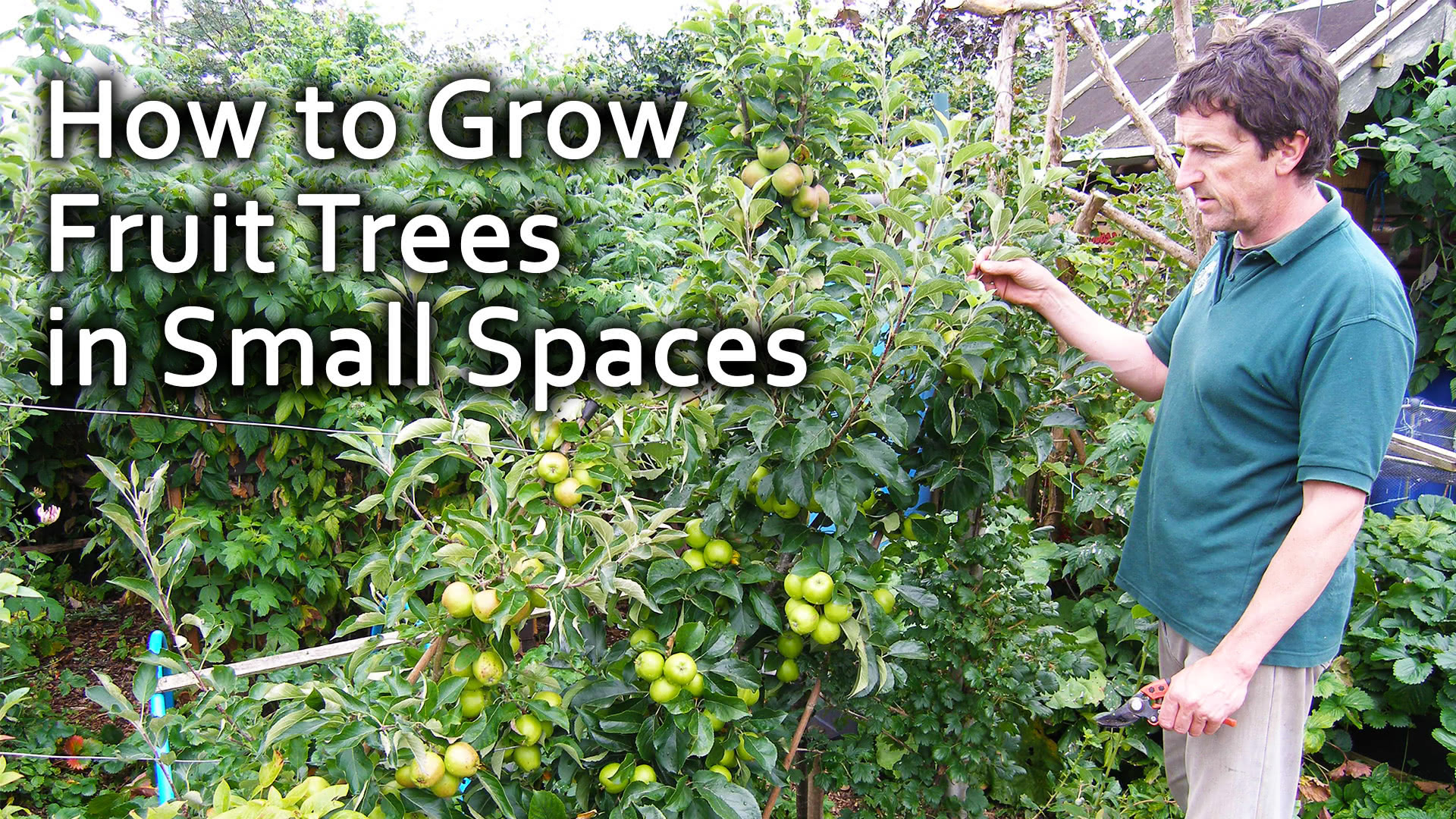Trees and shrubs can be used for a wide range of ailments and health boosting benefits, including helping with heart health and circulation.
Trees and shrubs can also be used in counteracting symptoms arising from hormonal problems from menstruation to menopause. And there are possibilities in resisting stress and the onset of dementia, as well as helping to increase stamina. Degenerative and chronic diseases are a challenge for many today and we discuss how reducing inflammation can help prolong an active lifestyle and help in beating the diseases of ageing.
So how can medicinal trees and shrubs be used to benefit the circulation? And why are fruits so useful for blood vessels and the heart? Let us start with a focus on a broad group of phenolic compounds known as flavonoids. Many of the flavonoid constituents in plants are pigments and can often be recognised by colour. These include blue, purple and red anthocyanins widely found in fruits. They are associated with benefits both for the heart and the circulation in reducing risks of life-threatening events and improving the condition of the blood vessels.
Anthocyanins in food are naturally occurring plant pigments that give many flowers, fruit and vegetables their colour. Anthocyanins have antioxidant properties. They help to neutralise unstable molecules that are known as ‘free radicals’, produced by most normal processes in the body. The anthocyanins strengthen the capillaries, the smallest blood vessels, and dark berry extracts have been used to help improve capillary fragility. They are also of value in supporting the veins, helping venous return of blood to the heart. Anthocyanins help to stabilise the phospholipid membrane of the blood vessels. They reduce blood clots and can help to lower blood pressure. Anthocyanins also help to reduce the permeability of the blood brain barrier, which protects the brain from drugs and pollutants. Additional benefits include improvements in vision, through preventing retinal degeneration and -increasing blood flow in the eye. Taking anthocyanins on a regular basis has been shown to improve blood fat levels and reduce clotting in healthy volunteers. Anticancer properties are also claimed, although clinical studies are few, possibly the effect being partly due to preventing the formation of new blood vessels for tumour cells. Many plants with fruits contain these incredibly beneficial polyphenolic compounds. The rose family (Rosaceae) is a key source of anthocyanins, due to the wide variety of fruiting trees and shrubs, and often both the fruit and the leaves can be used.
Hawthorn (Crataegus monogyna)
The hawthorn is a well-known member of the rose family and its spiky thorny growth results in it being widely used for creating hedges. Hawthorn berries, flowers and leaves have a history of traditional uses and modern clinical evidence supports their cardiovascular benefits. Extracts have been shown to lower blood pressure in a number of research studies. However, the benefits of the hawthorn may be felt only after prolonged use, of at least 4-6 weeks. Dried flowers and leaves can be infused as tea and berries can be steeped in spirits.
Chokeberry (Aronia melanocarpa)
The chokeberry is a North American shrub of the rose family with edible black berry fruits having astringent and antioxidant properties. Both the young leaves and ripe fruit can be used as they are rich in polyphenols. This is a very hardy shrub suited to most soils. The fruits can be juiced or made into preserves.
Juneberry (Amelanchier alnifolia)
The juneberry is another tree in the rose family from North America, also known as the saskatoon. It is a very decorative tree, and may be planted in European gardens for its star-like early white flowers and its later autumn colour. The fruits of juneberry are a good source of minerals, anthocyanins and other flavonoids with antioxidant effects. The leaves have astringent properties too. The dried berries can be steeped in boiling water for 5 minutes for a tea. In spring the leaves can be used as a tonic tea.
The heart is essentially a large muscular organ, and it needs its own supply of blood enriched with oxygen. Blood vessels in good condition are vital for the flow of blood around the body, and some five litres of blood are continuously pumped around by the heart. Problems arise when the job becomes harder. For example, inflammation or narrowing in the blood vessels due to fatty deposits will not only make the heart work harder to pump blood around but also can obstruct the supply of blood to the heart muscle. Lipids are fats in the blood and an elevated level is quite normal after a meal. Lipid levels in the blood will drop as these fats are processed and are taken into muscles and other parts of the body for use or storage. However, continued high levels of blood lipids, or hyperlipidaemia, can lead to problems. Cholesterol is a fatty substance, a kind of lipid, and it is made by the liver and cells in the body. Cholesterol has important functions in making cell membranes, hormones, bile and vitamin D. Some cholesterol is taken in through a diet of animal products though the largest amount is produced within the body. Cholesterol is not readily soluble in water and so it has to be packaged with lipoproteins to be moved about in the blood. Lipoproteins are particles made of protein and fats and there are two kinds. The high-density lipoprotein (HDL) particles take cholesterol back to the liver for reuse. It is the low-density lipoprotein (LDL) particles that can become a problem in the blood if in excess as they can contribute to forming fatty plaques in the blood vessels. This is how arteries become hardened and obstructed, and plaques present further risks if blood clots are produced. There are quite a number of plants offering fruits and leaves with a reputation for lowering blood lipid levels.
Dog rose (Rosa canina)
Many hedges offer glorious red rose hips, usually those of the dog rose. These rose hips were sought after in the past, and rosehip syrup was a favourite remedy for the health of young children. Today we know that rose hips are full of vitamin C, with a higher content than oranges. The effect of rose hip preparations on body lipids has been shown in clinical cases of obesity with significant reductions in blood fats. Rose hips can be used in many different inflammatory conditions.
Rowan (Sorbus aucuparia)
The rowan is a small tree often found on scrubland throughout northern Europe and parts of Asia. It produces panicles of white flowers and fruits ripen in bunches, to red, in the autumn, the fruits are much appreciated by birds as they do not seem to last long on the tree. This lovely tree has high levels of phenolic antioxidants, the bark and leaves can provide water extracts, the flower and leaf buds can be made into a syrup.
Olive (Olea europea)
The olive has been extensively used in the Mediterranean and elsewhere for centuries. Although the fruits and oil are the best-known products there are considerable benefits available from the leaves. An extract of the leaf lowers both blood pressure and high lipid levels, and the leaves can be used to make a regular tea or a tincture.
Sea buckthorn (Hippophae rhamnoides)
The sea buckthorn is a large thorny shrub with fruits that ripen to a bright orange and can be challenging to harvest. But the fruit is worth obtaining because the strongly antioxidant effects of the fresh juice from the fruits provide a powerful aid in prevention of cardiovascular disease. The leaves also have benefits in recovery from infections.
The blood vessels include arteries carrying oxygen-enriched blood, veins returning oxygen-poor blood and the capillaries, thin-walled tiny blood vessels reaching into the tissues. The arteries have muscular walls to adjust blood flow, while the veins are less muscular but can dilate to allow for an increased blood volume. So, the flexibility of the blood vessel walls is important and it can decrease as the walls stiffen in older age or disease. On the return journey to the heart the blood pressure can cause the veins to bulge, and this underlies conditions such as haemorrhoids and varicose veins. A number of species containing saponins (see left) can offer some help for veins.
Horse chestnut (Aesculus hippocastanum)
The horse chestnut is a tree known for its large seeds or ‘conkers’ which are used to make an extract of benefit for venous congestion such as in haemorrhoids and varicose veins. The plant contains flavonoids and a complex of triterpenoid saponins called aescin. There is reasonable evidence from research findings that the horse chestnut seed extracts increase venous tone, improve venous return and reduce vascular permeability, all of which lead to the benefit of reducing swelling and pain. Preparations can be made to apply direct to the skin as cream or ointment (the nuts are not edible).
Butcher’s broom (Ruscus aculeatus)
The butcher’s broom is an evergreen European woodland shrub and has spiny leaves, which are actually flattened stems, and red berries. It is part of the asparagus family, and its name derives from traditional use of the stiff branches for cleaning butcher’s blocks. This plant is known for diuretic effects and benefits for the circulation. Butcher’s broom is rich in steroidal saponins which can provide anti-inflammatory benefit and protect and tone veins. The leafy twigs can be used as a tea for reducing symptoms of haemorrhoids and varicose veins.
Pagoda tree (Styphnolobium japonicum)
The pagoda tree is an important species in traditional Chinese medicine, and used to stop bleeding and treat circulatory complaints. This tree is part of the bean (Fabaceae) family and has steroidal constituents contributing to its anti-inflammatory use. An infusion of the dried flower buds makes a compress for soothing haemorrhoids.
This is an extract from Anne Stobart’s Trees and Shrubs that Heal
More from Anne:
Trees and Shrubs that Heal
by Anne Stobart
The Medicinal Forest Garden
by Anne Stobart
Trees for Gardens, Orchards and Permaculture
by Martin Crawford
Anne Stobart is a medical herbalist and herb grower based in Devon, UK.
She is the author of The Medicinal Forest Garden Handbook and runs various medicinal courses.











